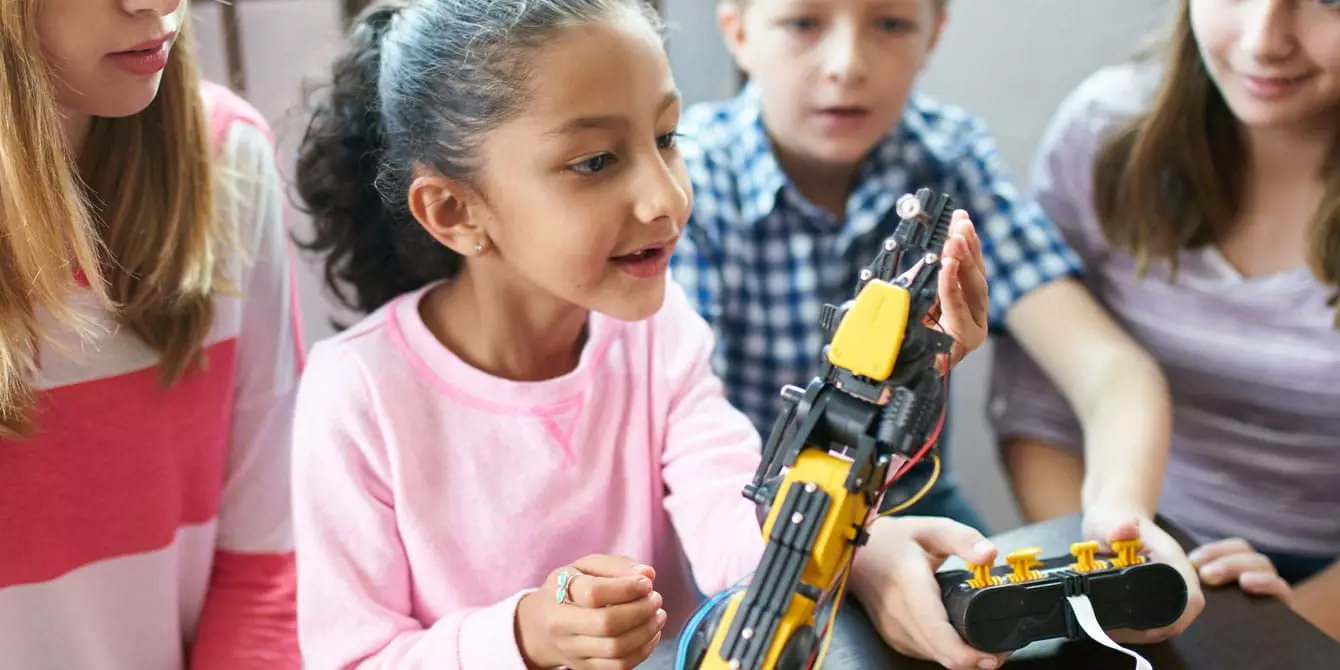In an increasingly technological world, STEM education—comprising science, technology, engineering, and mathematics—emerges as more than just an educational trend. It serves as the cornerstone of fostering critical thinking, enhancing creativity, and igniting curiosity in students from a young age. As the global landscape rapidly evolves, the necessity for proficient individuals in these fields becomes paramount. STEM education focuses on equipping learners not only for academic success but also for pivotal roles in the workforce of the future.
Since its inception in 2001, when Judith A. Ramaley highlighted the significance of these disciplines in shaping a modern educational curriculum, STEM has rapidly transformed classroom dynamics. With a strong backing from the National Science Foundation, this educational approach has been implemented globally to cultivate critical thinkers and innovators who are prepared for diverse career opportunities, regardless of their educational trajectories.
The advantages of integrating STEM education into early childhood development cannot be overstated. Experts suggest that introducing these concepts early on taps into children’s innate curiosity. The early years of learning provide a unique opportunity for educators and parents to capitalize on children’s explorative spirit. As creativity flourishes, so does problem-solving capability, which is crucial in today’s complex world.
According to Dr. Karen Aronian, an education design innovator, STEM activities facilitate experiential learning. Children become hands-on participants in their education, encouraging them to approach challenges with creativity and resilience. This active engagement not only paves the way for improved cognitive function but also instills a sense of confidence that is essential for lifelong learning.
The Comprehensive Nature of STEM
STEM is an interdisciplinary domain where the boundaries between science, technology, engineering, and mathematics blur. Each element plays a vital role: science encourages inquiry and experimentation, technology drives innovation, engineering fosters design and construction, and mathematics provides the logical framework necessary for problem-solving.
In educational settings, these components are often interwoven through diverse practices and projects, such as coding, robotics, digital media, and even sewing. Such an expansive range allows learners to experience tangible applications of their studies in the real world. For instance, as highlighted by Greg McDonough, a director at a prominent educational institution, students can engage in projects that merge mathematical knowledge with engineering creativity, such as constructing scaled models, which not only enhances learning but develops crucial life skills.
Parents and caregivers play a pivotal role in fostering a STEM-rich environment at home. Starting from early childhood, introducing simple yet stimulating activities can nurture critical thinking. For example, family discussions about everyday phenomena or engaging children in cooking can strengthen their understanding of measurement, physics, and basic chemistry.
Utilizing open-ended questions during playtime can inspire children to think critically about the world around them. Instead of quickly resolving their problems, allowing children the space to navigate challenges fosters resilience and independence. Creating a dedicated space for STEM play encourages exploration and experimentation with various materials, allowing children to engage in unstructured learning while enjoying the process.
Preparing for Future Success through STEM
As children progress into their teenage years, the implications of STEM education extend beyond academic benefits. Exposure to STEM subjects can significantly influence students’ career choices and their preparedness for future challenges in an increasingly technical workforce. The ability to critically assess scientific issues, harness technological tools, and devise engineering solutions plays a crucial role in numerous contemporary fields, from healthcare to environmental sustainability.
The importance of equipping the next generation with STEM skills cannot be understated. With complex global issues looming, there is a pressing demand for qualified professionals in these domains. Educators like Sally Macaluso emphasize that early engagement in STEM can serve as a predictor of future academic and professional achievements, leading to heightened capabilities in navigating the multifaceted challenges society faces.
The overarching goal of STEM education is not merely about imparting knowledge—it’s about cultivating a mindset equipped for innovation and adaptability. As we move forward, actively promoting STEM initiatives in homes, classrooms, and communities can ensure that future generations are not only prepared to tackle challenges but also eager to create solutions. The ripple effect of early exposure to STEM concepts will ultimately contribute to a brighter, more resilient future for society, where creativity, curiosity, and critical thinking reign supreme. By embracing and promoting STEM education, we unlock the potential for endless possibilities for our children and their contributions to the world.

